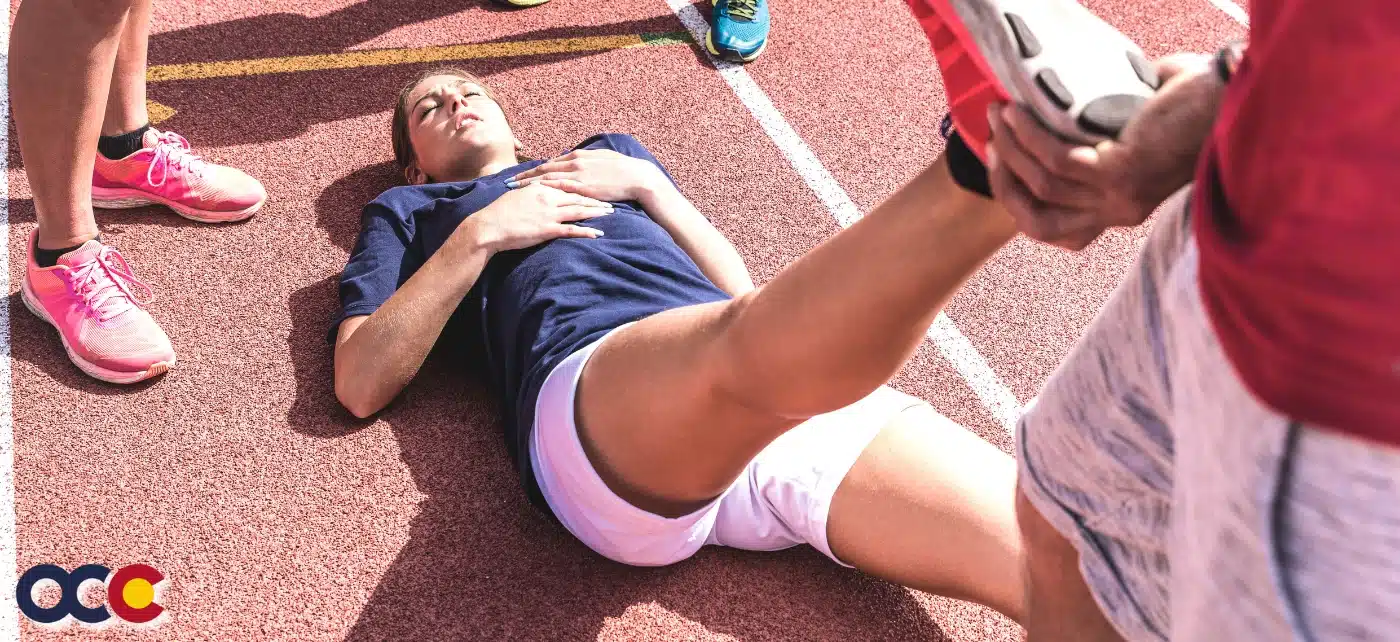 Do you know how your feet land each time you take a step? Do you know why it matters? Understanding if your feet tend to roll inward (pronation) or outward (supination) can help you to keep logging the miles by wearing the right type of shoe, or supporting orthotic, if needed.
Do you know how your feet land each time you take a step? Do you know why it matters? Understanding if your feet tend to roll inward (pronation) or outward (supination) can help you to keep logging the miles by wearing the right type of shoe, or supporting orthotic, if needed.
The Wet Foot Test
To find out if you are a pronator, have a more neutral stance or are a supinator, simply take the “wet foot test.” Wet the sole of your foot and then take a natural step on a piece of paper or other flat surface that will show your footprint. Follow our guide below to learn what type of step you take and how to prevent injury:
The Pronator:
What it looks like: Your footprint will show your entire sole, including your arch.
What it does: Pronation occurs when the foot rolls inwards, placing the most weight on the inside of the foot. The vast majority of people pronate on some level, but full, or over-pronation keeps your foot from properly absorbing the impact of each step, which leads to pain and problems in the foot and other areas including the knees, hips and back. Chronic problems, including plantar fasciitis and shin splints, often plague pronators. People who pronate may also experience an inward rotation of the knee and forward tilting of the pelvis.
What you can do: Orthotics help to stabilize the foot and minimize lateral movement. This can reduce pain and minimize injury. Excessive pronation or over-pronation is the most common cause of pain seen in runners. The approach to treatment is determined by whether the pronation can be reduced to a neutral position or is locked in the pronated position. If it can be reduced, this type of problem is normally treated conservatively. The most common approach is orthotic management. If the foot and ankle cannot be manipulated into a neutral position, this usually requires surgical intervention.
The Neutral Stance
What it looks like: A “skinny” version of your whole foot – especially through the arch.
What it does: The neutral step is actually a slightly pronated gait. Up to a third of all runners have this neutral step. You are least likely to sustain injury or have chronic problems because your foot properly absorbs the impact of each step.
What you can do: Even those with a solid, neutral step need to wear good shoes and practice prevention. Invest in a good, supportive pair of running shoes and replace them at regular intervals, depending on how many miles you put in. A good rule of thumb is to replace your shoes every 300-500 miles, or 18 months, whichever comes first. A reputable running store can also help you determine if your shoes need replacing.
Once you are on the road in good shoes, take advantage of more forgiving running surfaces when possible. Running on an unpaved trail, crushed gravel, or even a track (often made of a rubber composite) is more forgiving than concrete or asphalt.
The Supinator
What it looks like: Some, or all, of the middle of your foot will be “missing” from the imprint, leaving just the ball of your foot, heal and toes.
What it does: The most rare foot position, also known as “under-pronation,” supination occurs when the foot rolls outward. People with high arches are more likely to supinate, which puts more weight on the outside of the foot, where shock absorption is significantly diminished. This outward rotation reduces the foot’s ability to properly absorb the shock, and tends to impact the knees and impact alignment of the pelvis. Supinators also tend to have chronic problems like stress fractures, shin splints and ankle instability.
What you can do: Again, orthotics are often the best way to support the supinated foot and relieve pain. By stabilizing the arch, orthotics help to redistribute and manage the impact of each step. The supinated foot structure is by far the most difficult foot structure to accommodate with conservative therapy. There are several types of high arch foot structures and each has its own unique presentation requiring a specific treatment course. The most severe cases may require surgical intervention.












